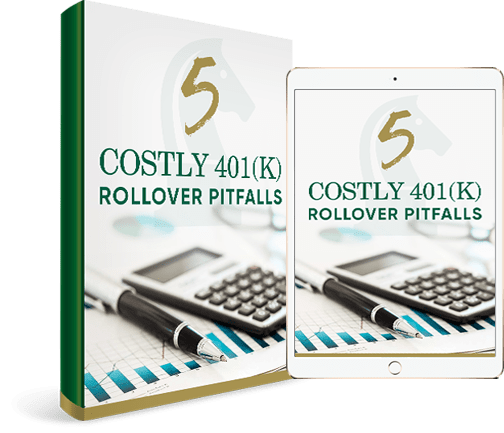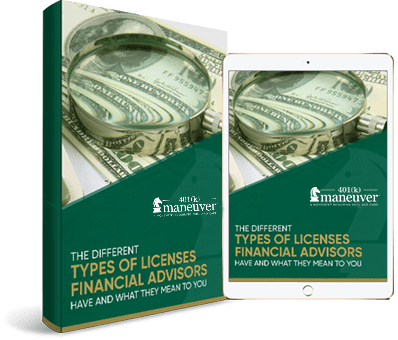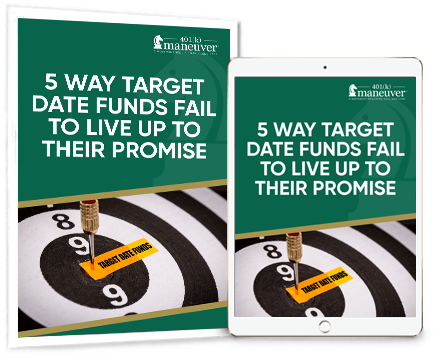
Financial Checklist for the Third Quarter 2022
We’re halfway through 2022, which means it’s the perfect time to review your financial checklist for the third quarter.
At this point in the year, you can assess how you have been doing financially. And you still have time to make improvements to finish the year strong.
2022 is already proving to be a volatile year as far as finances go.
According to CNBC, “Inflation is starting to have an impact on people’s spending expectations over the coming months, with 61% of Americans saying they’re worried about their financial situation.”¹
In addition to inflation woes, Americans are also spending more money than they are bringing in.
Marketplace reports, “Americans’ incomes went up 0.4% in April. But here’s the thing: Personal spending went up 0.7%, and that’s after accounting for inflation.”²
Ross Mayfield, an investment strategy analyst, suggests, “What you’re starting to see is people draw down some of the savings that they’ve accumulated over the past couple of years – from pandemic-era stimulus programs, significant wage gains or really just not being able to have an outlet to spend your money.”³
Have you been spending more so far in 2022? Or have you been stashing cash?
Use this financial checklist for the third quarter to make sure you are on the right track.
#1 Assess Your Budget

Given the high rate of inflation, the first step in the financial checklist for the third quarter is to reassess your budget.
The costs of gas and food have skyrocketed, which means Americans are having to spend more to afford essentials.
If you are still trying to operate according to the budget you created for the first quarter of 2022, it’s time to readjust it.
Make sure to allocate more money for essentials, such as gas and groceries, and you may need to cut out other expenses, such as unused gym memberships.
#2 Evaluate Your Goals

The next step on your financial checklist for the third quarter is to evaluate your goals.
Take some time to assess where you are currently with your finances and where you hoped to be at this point in the year. Did you meet your financial goals? Where are you struggling to meet your goals?
Now that you have evaluated your goals, consider what you can do to get on track. Then, adjust your goals for the remainder of 2022.
It is also the perfect time to sit down and finally review your last 401(k) statement.
If you have a 401(k) and you don’t know how to interpret your statement, watch this video on how to read and understand a 401(k) statement.
#3 Find Ways to Boost Savings

Instead of dipping into savings to cover the rising costs due to inflation, now is the time to be boosting savings – if you’re able.
Still waiting on a tax return? Allocate that for saving for retirement or saving in general.
Sell stuff in your home you no longer need. Or start a side hustle. Any extra money you bring in, save it. Every little bit helps!
Any money you contribute now to your 401(k) or IRA, the better your financial future in retirement will be.
[Related Read: Close the Gap on Financial Goals with a Side Hustle]
#4 Rebalance Account Allocations

Another way to get back on the right financial track is to rebalance your 401(k) account allocations.
This tip doesn’t require you to save more or cut back, but it may help you boost your 401(k) retirement savings.
Rebalancing your 401(k) account allocations may help you earn and keep more of your retirement savings.
Because unmanaged allocations may experience much larger losses in down markets and may miss the opportunity for growth during good markets.
[Related Read: What Every Investor Needs to Know about Rebalancing a 401(k)]
#5 Check Credit Reports

Identity theft is occurring at alarming rates, and one of the ways thieves achieve this is through credit card fraud.
According to McAfee, “Identity thieves stole around $52 billion from Americans last year. […] More than 40 million U.S. consumers fell victim to identity theft in 2021.”⁴
Anyone can be a victim of these types of crimes, and one of the best ways to protect yourself from too much damage is to stay on top of it and catch it before it escalates.
That’s why one of the steps in the financial checklist for third quarter is to review your credit report and enroll in identity theft monitoring services.
#6 Organize Your Finances

Taxes were due in the second quarter. Hopefully, you still know where to locate all the financial paperwork you used to file taxes.
Take this financial paperwork and store it somewhere safe where you can easily locate it.
If you don’t already have a system for organizing tax information, donation and expense receipts, investment statements, and insurance information, now is the time to get one in place.
Organizing your financial paperwork will help you feel more prepared for emergencies and ready when next year’s tax season rolls around.
#7 Start Planning for Upcoming Spending

The fourth quarter of the year typically includes several big expenses, including the holidays.
It may feel strange to start thinking about Christmas during the summer, but it is a wise financial move.
This is because many Americans tend to incur debt during the holidays (or during the upcoming fourth quarter).⁵
It is possible to avoid the same fate by planning for your upcoming holiday spending during the third quarter. Add it to your budget and start saving now.
#8 Do Your Homework

First, let’s recognize your wisdom in reading this financial checklist for the third quarter.
It shows you want to learn how to protect your financial future.
Don’t stop with this checklist – keep learning! If there is a financial subject you are unsure about, do your homework.
Or follow 401(k) Maneuver for helpful articles and check out our YouTube videos.
#9 Review Insurance Policies

Similar to rebalancing account allocations, it’s important to review insurance policies.
You should not purchase an insurance policy and leave it alone for years.
Instead, you should shop around yearly to determine if you have the best rates for home, auto, and life insurance.
Consider the following:
- If your home has increased in value due to updates, change the home insurance replacement value amount to reflect the new value increase.
- If you have any prior tickets or accidents that are no longer applicable, get a new quote to see if you can save money on your car insurance.
- If you have lost weight or stopped smoking, see if these lifestyle changes may help you get a better quote to save money on life insurance.
#10 Work with a Professional

The final step (but possibly the most important) of the financial checklist for the third quarter is to speak to a financial advisor if you need help getting on track with your financial goals.
It doesn’t matter if you are on track to meet your goals, struggling to pay off debt, or where you are in your retirement savings journey, a financial advisor can help.
When selecting a professional advisor, it’s important to work with an advisor who has a fiduciary duty to you.
A fiduciary is legally obligated to put your needs above his/her own and act in your best interest – ahead of any brokerage firm, investment provider, or company-provided representative.
We regularly post videos with financial information and updates. Check us out on YouTube.
Sources
- https://www.cnbc.com/2022/05/05/heres-what-americans-plan-to-spend-more-money-on-as-inflation-rises.html
- https://www.marketplace.org/2022/05/27/consumers-are-spending-up-a-storm-and-spending-down-their-savings/
- https://www.marketplace.org/2022/05/27/consumers-are-spending-up-a-storm-and-spending-down-their-savings/
- https://www.mcafee.com/blogs/tips-tricks/a-guide-to-identity-theft-statistics-for-2022/
- https://www.magnifymoney.com/blog/news/2020-holiday-debt-survey/








